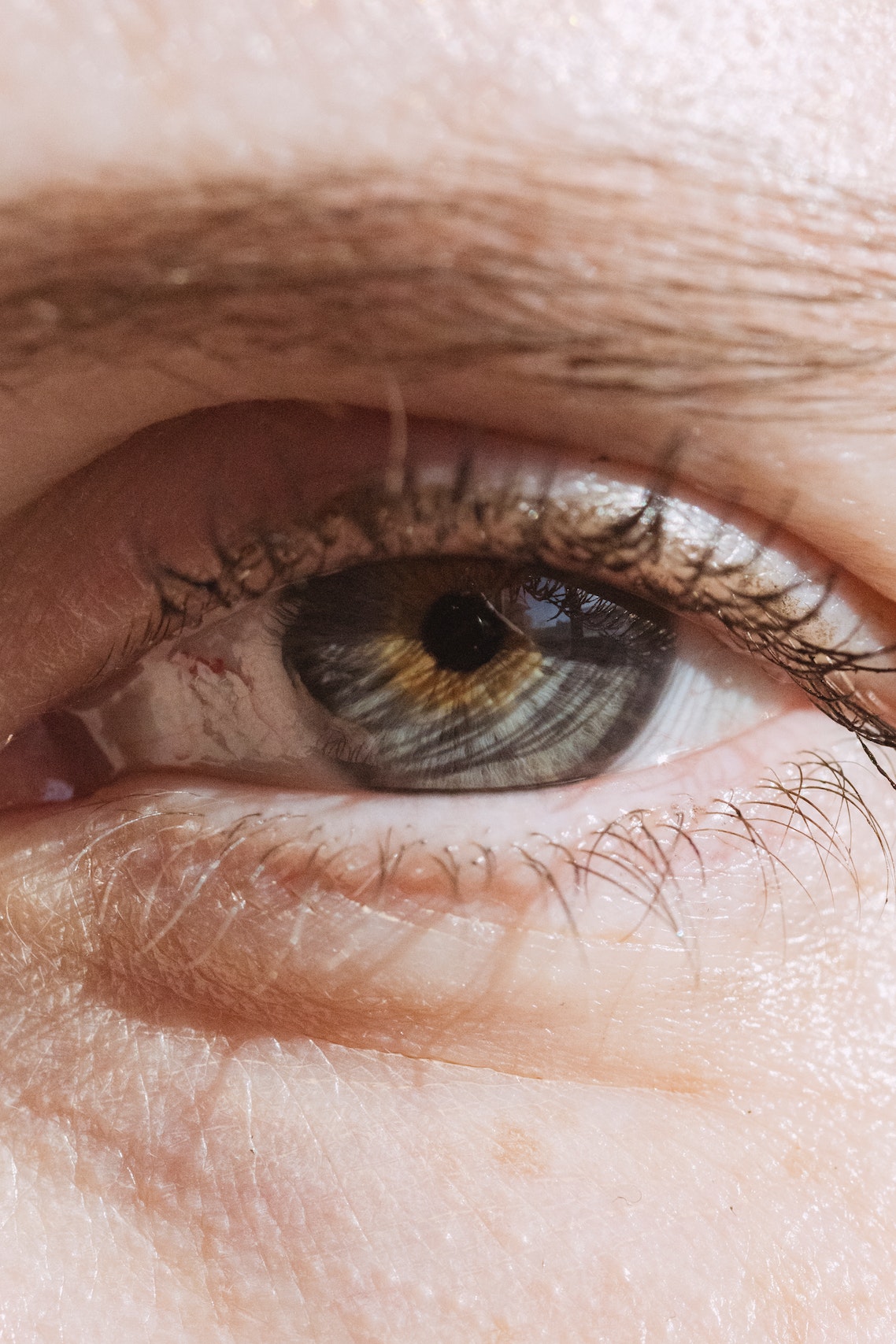Eye colour is one of the most fascinating things about human beings. It can tell us a lot about a person’s personality, ancestry, and more. And if you want to know which eye colour is dominant in your population, you can use a few simple tests. In this article, we will discuss four eye colour tests and show you which one is most accurate for your specific population. So whether you’re looking to learn more about yourself or want to find out which eye colour is dominant in your friends and family, read on for all the information you need.
Eye colour is determined by the amount of pigments in the iris
The colour of your eyes is determined by the amount of pigments in the iris. The most common type of pigment found in the iris is melanin, which gives brown eyes their colour. Other colours are due to other types of pigments. For example, blue eyes are caused by the presence of biliverdin, a pigment that creates a light blue colour.
Read More : Sanpaku Eyes
The three main types of eye colour are brown, blue, and green
The three main types of eye colour are brown, blue, and green. Brown eyes are the most common type, accounting for around 60% of all eye colours. Blue eyes are the second most common, making up around 30% of all eyes. Green eyes account for just 5% of all eye colours, but they’re particularly rare due to their difficulty in passing on from parents to children.
Brown eyes are the most common type and account for around 60% of all eye colours. They’re typically a light brown or a dark brown depending on their genetic heritage. Brown eyes can be found in people from all racial and ethnic backgrounds, though they tend to be more common in people of European descent.
Blue eyes are the second most common type and make up around 30% of all eye colours. Blues vary in color from a deep navy blue to a bright sky blue. They tend to be less common than browns and greens, but they can be found in people from all racial and ethnic backgrounds. Blues can be passed down through families with some frequency, though they’re generally easier to change than other types of eye colour.
Green eyes account for just 5% of all eye colours but they’re particularly rare due to their difficulty in passing on from parents to children. Greeneyed individuals are often born with only a few green cells scattered throughout their iris – these cells don’t develop into an active green pigment until the individual is well into adulthood. Consequently, very few
Brown eyes are the most common type, but they can also be found in people with other eye colours
Brown eyes are the most common type, but they can also be found in people with other eye colours. The most common colour of eyes is brown, which accounts for about 73% of the population. Other eye colours include blue (6%), green (4%), and grey (2%). Blue eyes are usually more dominant than other colours and are found more often in men than women. Green and gray eyes are generally rarer and can be found mostly in people of European descent.
Read More : Sanpaku Eyes
Blue eyes are rarer, but they can also occur in people with brown or green eyes
According to a study published in the journal Human Genetics, blue eyes are rarer but they can also occur in people with brown or green eyes. The study looked at data from more than 16,000 people and found that blue eyes were less common than brown or green eyes. However, when blue eyes were present, they were more likely to be dominant than other eye colours. Dominant blue eyes accounted for just over one percent of all eye colour genes, but they were responsible for around 10 percent of all cases of albinism.
Green eyes are the most unusual type and are usually found in people with very light skin
People with green eyes are very unusual and are usually found in people with very light skin or hair. People with green eyes have a genetic mutation that causes their iris to be a different colour than usual.





